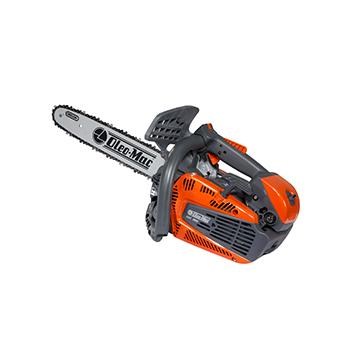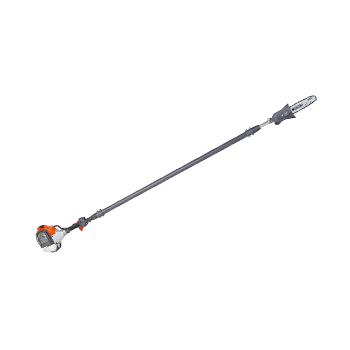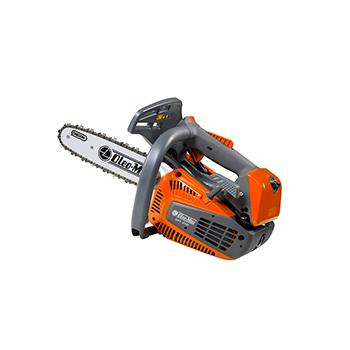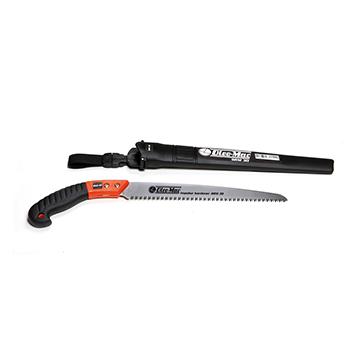Why topping is so harmful, plus some alternative cutting techniques

Among the different tree cutting techniques, you will surely have heard of topping. This type of pruning involves invasive cutting of large branches and primary limbs.
It is often done solely to reduce the size of a tree, so as to avoid potential hazards; however, it is ineffective and extremely damaging to the tree and its immediate surroundings.
Why? In this article, we see what the consequences of topping are, and suggest alternative cutting techniques for you to consider.
How topping works (and its consequences)
Topping is one of the most widespread foliage reduction techniques, but its adverse effects should not be underestimated. One of these is the invasive removal of leaves: topping can involve removing all the leaves from your tree, regardless of their importance in terms of energy and nutrition.
This excessive removal of foliage triggers a survival process, whereby the tree starts producing very long but extremely fragile branches. These branches grow from latent buds and sap a great deal of the tree’s energy, forcing it to rely on stored energy reserves in order to stay alive. As in any ecosystem, if a tree has little energy, it is at greater risk of dying... and vulnerable to attacks by insects and bacteria.
Fungi can enter the sapwood and heartwood of the tree, causing severe growth decline and forming cavities that will make its structure much less secure.
The dying roots cause heavy loss of salts and water, which is why topping your tree will cause it to have a much shorter lifespan than a tree pruned in the correct way.
In addition to all these problems, you may find that topping causes irreversible damage to bark due to the burning of tree tissues exposed to sunlight.
Do you think that this technique can improve the look of your tree? In fact, the opposite is true: topping destroys the natural organic shape of the tree, leaving it stunted and unsightly.
Once you have topped a tree, it can never be restored to its original form.
How much will all of this cost you in terms of money and maintenance? For a start, you will need to prune the tree again within a few years because snow, wind and other elements can cause the branches to wear, requiring them to be removed. Then there is the possibility that the tree will die, adding disposal costs to your total outlay.
Alternative cutting techniques
Having examined the main consequences of topping, what are the alternatives for effective, tree-friendly pruning? If a tree must be cut back because due to insufficient space, there are some pruning techniques that will keep its natural shape intact, without the need to lop branches off indiscriminately.
To shorten a branch, for example, you can remove it by making a drop-crotch cut at the point of attachment. This will allow your tree to heal the wound without expending too much energy.
And what is the best time of year to perform this type of cut? Generally speaking, the most suitable periods in which to carry out non-invasive pruning are November, December and January. You can also consider doing it between May and the end of the summer. But spring and autumn are to be avoided.
The right equipment for cutting trees




Don’t underestimate the importance of selecting the right tools for the job, such as a pruning chainsaw and a telescopic pruner. Specifically as regards pruning chainsaws, the recommended Oleo-Mac models are the GST 360 and GST 250 chainsaws, which are perfect thanks to their agility, as well as their power and precision for all tree maintenance tasks.
As for choosing a pruner, you will need to carefully evaluate its efficiency in any position and at any height, without underestimating its resistance to stress and general performance, which will allow you to work with professionalism, composure and assured safety.
The PPX 271 telescopic pruner is a handy workmate because it is lightweight and easy to handle, whilst at the same time powerful and effective.



